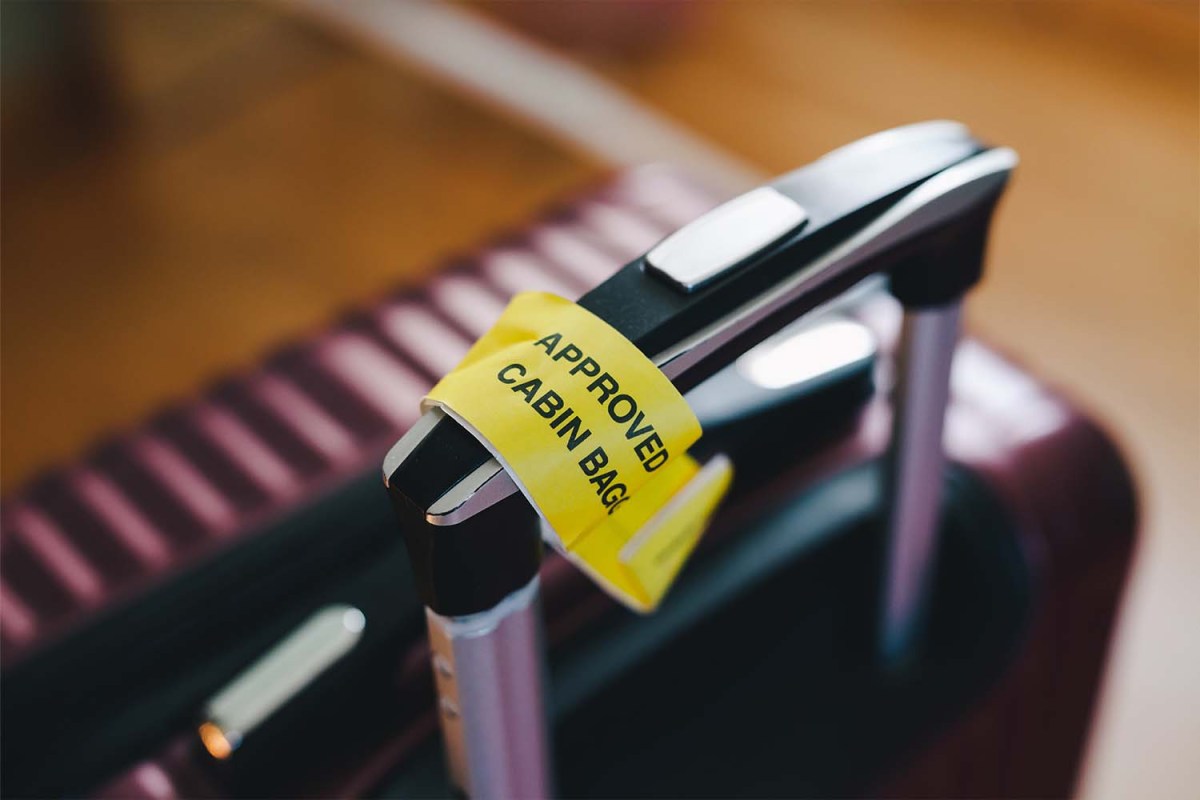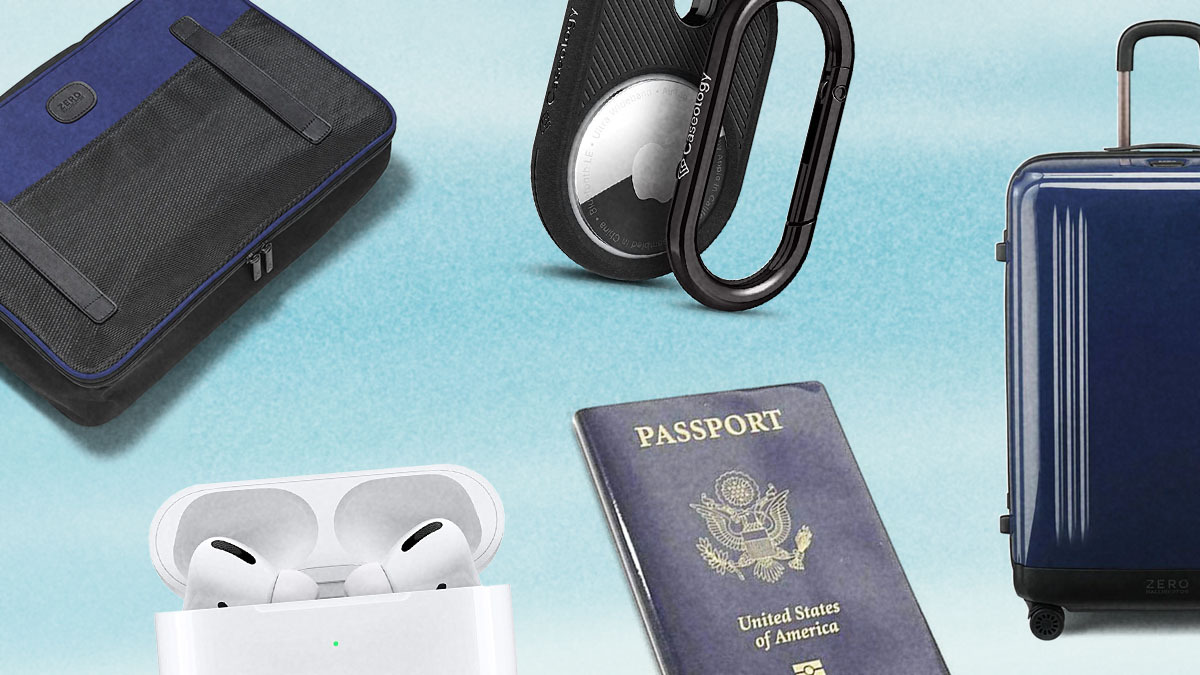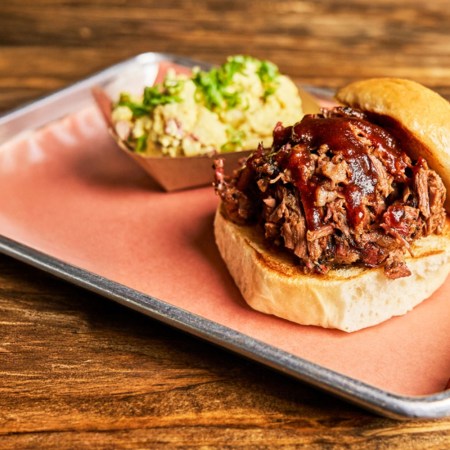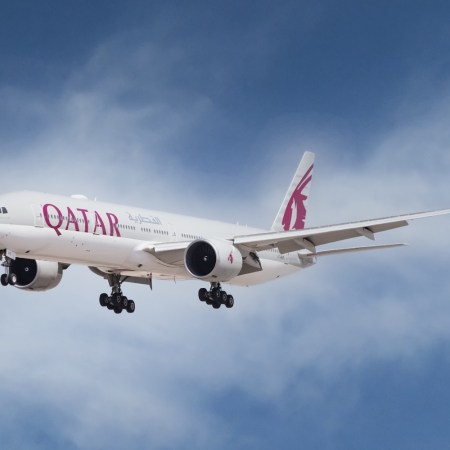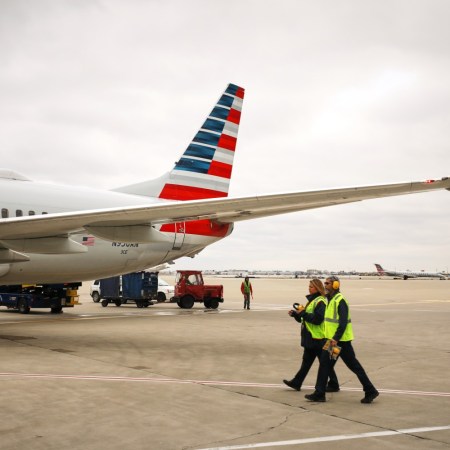I’ll never forget where I was…the day that JetBlue banned carry-on bags in basic economy.
As of July 20, 2021, my once-favorite airline aligned itself with the likes of other budget airlines, like Spirit and Frontier, by requiring Blue Basic ticket holders to either check their carry-ons or pay an additional fee to bring them into the cabin. It was the unofficial beginning of the end of both ultra-low pandemic pricing and previously enjoyed carry-on-related freedoms.
Per a new report from The Seattle Times, airlines are getting increasingly strict where the weight and size of carry-ons are involved, forcing passengers to check their bags at the gate, or move the contents of their bag around prior to boarding. The reason? Apparently not because there isn’t room for said bag. Rather, it’s a money-making tactic — and it’s not going away anytime soon.
This Is Exactly What I Carry in My Carry-On When I Travel
I travel a ton for work and for pleasure. Here are the 14 items I have with me at all times.“The industry sees a bright future in charging for carry-on luggage,” Christopher Elliott writes. “Global baggage fees hit a record $20.9 billion last year, according to a report from CarTrawler and IdeaWorks, a company that consults with travel companies on ancillary revenue.” For context, Spirit Airlines’ revenue from baggage alone jumped from $28.9 million in 2007 to $663.2 million in 2021. Further, the largest spike came in 2010 and is attributed to Spirit adding a fee for large carry-on bags.
Every major domestic airline, with the exception of Southwest, currently charges passengers to check baggage, and most are now also policing the size of carry-ons — though, there’s seemingly no consistency as far as how and when policies, and subsequent fees, are being enforced.
“Airlines are likely doubling down on this strategy to extract as much as they can from customers,” Jeff Galak, a professor at Carnegie Mellon University’s Tepper School of Business, told Elliott. “By being strict on what counts as a carry-on bag, they can move some free bags to paid ones.”
Stand Out at the Baggage Carousel With the 9 Best Luggage Brands on the Market
Worry no more about losing your black suitcase in a sea of other black suitcasesSo, what can you do?
First, be conscious of overpacking. If it’s a matter of how much your carry-on weighs, you’re invariably going to wind up paying to check it at the gate or scrambling to get it down to weight, which might mean unpacking (and repacking) in the open airport. (For the uninitiated, carry-on bags must weigh less than 35 pounds and not exceed 10 inches deep, 16 inches wide and 24 inches high.) Second, consider paying the fee at the time of booking, or purchasing a fare that includes a carry-on. More often than not, that fee increases when you get to the airport, so if you’re going to pay it anyway, you might as well pay less.
Or you could always fly Southwest, I guess.
Thanks for reading InsideHook. Sign up for our daily newsletter and be in the know.
